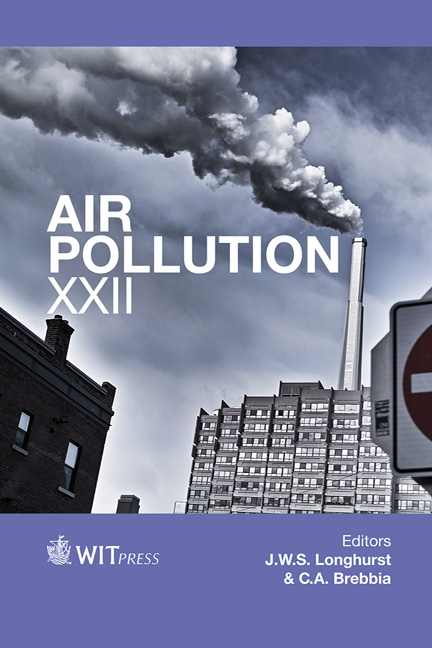Environmental Burden Of Disease Associated With PM2.5 Exposure In Poland And Selected Neighboring Countries
Price
Free (open access)
Transaction
Volume
183
Pages
8
Page Range
203 - 210
Published
2014
Size
338 kb
Paper DOI
10.2495/AIR140171
Copyright
WIT Press
Author(s)
M. Kowalska & M. Kowalski
Abstract
Environmental burden of disease (EBD) is a concept that facilitates the measurement of health outcomes in the population, associated with environmental determinants of health. It is useful in health policy for the determination of priority actions aimed at improving the health of the population. Detailed methods are described in documents of the World Health Organization (WHO). They allow us to trace the health inequalities which are the results of environmental impact or preferred life style of the selected population. It was determined that the attributable burden of total mortality cases in DALYs related to an increase of PM2.5 concentrations by unit (1 μg/m3) in Poland is similar to data in the Czech Republic. The environmental burden of total mortality in Poland was 17.99 (95% CI: 6.48–28.54) and 17.9 (95% CI: 6.46–28.35) DALYs per 1000 inhabitants, respectively. The obtained results suggest that the highest value of EBD for cardio-respiratory diseases is observed in Hungary in comparison with other neighboring countries. The presented way of estimating calculates of the number of deaths and the number of life years lost due to death or disability (DALYs) associated with the relevant exposure, such as fine particles contained in the ambient air. Unfortunately, estimating focuses on single risk factors and selected diseases. Recommended by WHO, used methods imply certain conditions, among which are mentioned: the appropriate number of population, reliable data on exposure and health effects, knowledge of the dose–response relationship. Despite these limitations, it might be worthwhile to use the proposed solutions and present them in training courses because of their considerable attractiveness in public health.
Keywords
PM2.5, DALYs, public health.





